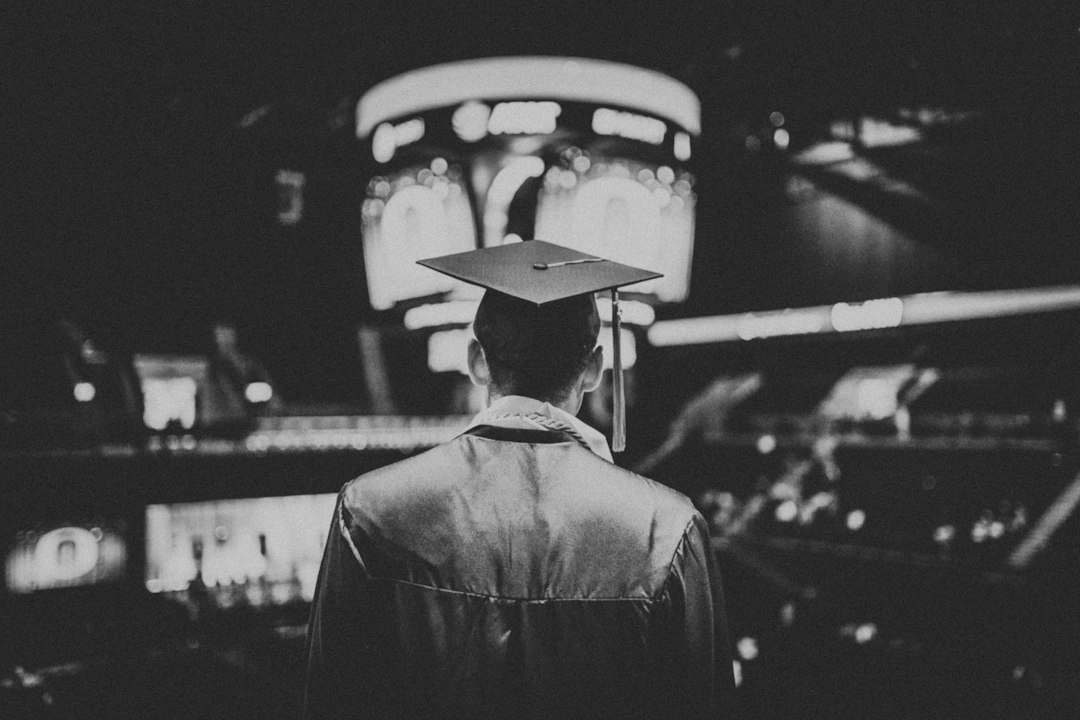
What it is:
Eco-Conscious Solutions in Children’s Digital Education focuses on integrating environmental awareness and sustainability practices into educational platforms targeted at children. It aims to provide young learners with the knowledge and tools necessary to understand and tackle global environmental challenges. By incorporating eco-conscious principles into digital education, we can cultivate a generation of environmentally responsible individuals who are equipped to make positive changes in their communities.
Real-World Problems:
There are several real-world problems associated with the lack of eco-conscious solutions in children’s digital education. These problems hinder the development of environmental stewardship and sustainability practices among young learners. Some of the key issues include:
1. Limited environmental education:
Many educational platforms fail to prioritize environmental education or provide it in a comprehensive and engaging manner. This results in a significant knowledge gap among children regarding environmental issues such as climate change, biodiversity loss, and resource depletion.
2. Disconnect from nature:
Children spending excessive time on digital devices can lead to a detachment from nature. Without a strong connection to the natural world, it becomes challenging for them to develop a sense of environmental responsibility and understand the consequences of their actions on the planet.
3. Lack of practical application:
Children often struggle to apply the theoretical knowledge acquired through digital education to real-world scenarios. Without practical experience and hands-on opportunities to engage with environmental issues, their understanding of sustainability becomes limited and abstract.
4. Insufficient focus on solutions:
Many educational resources tend to focus more on the problems rather than the solutions. While it is important to raise awareness about environmental challenges, it is equally crucial to empower children with actionable solutions that they can implement in their daily lives.
5. Lack of interdisciplinary approach:
Environmental issues are complex and interconnected, requiring an interdisciplinary understanding. However, traditional educational approaches often limit environmental education to specific subjects, such as science or geography, overlooking the broader perspective needed to solve these problems effectively.

Solutions: Nurturing Environmental Stewardship
To address the real-world problems associated with eco-conscious solutions in children’s digital education, there are key strategies that can be implemented:
1. Comprehensive environmental curriculum:
Developing a comprehensive environmental curriculum that is integrated into digital education platforms can ensure that environmental education is prioritized and is presented in an engaging and accessible manner. This curriculum should cover a wide range of topics, including climate change, biodiversity, sustainable practices, and conservation.
2. Nature-based learning initiatives:
Integrating nature-based learning initiatives into digital education can help bridge the gap between children and the natural world. By incorporating outdoor activities, virtual nature experiences, and hands-on projects, children can develop a deeper connection to nature and understand the importance of protecting the environment.
3. Experiential learning opportunities:
Providing children with experiential learning opportunities allows them to apply their theoretical knowledge to real-world scenarios. This can be achieved through field trips, virtual simulations, interactive games, and community-based projects that encourage active participation and problem-solving.
4. Solution-oriented content:
Ensuring that educational resources not only highlight the challenges but also focus on solutions is crucial. By showcasing examples of successful environmental initiatives, sustainable practices, and actionable steps that children can take, they can feel empowered to make a tangible impact on the environment.
5. Interdisciplinary approach:
Promoting an interdisciplinary approach to environmental education can help children develop a holistic understanding of environmental issues. By integrating subjects such as science, geography, social studies, and technology, children can grasp the interconnectedness of various environmental challenges and explore diverse solutions.















